 1982 Mercedes-Benz 190 (W201) Dimensions, Size & Specs
1982 Mercedes-Benz 190 (W201) Dimensions, Size & SpecsMeasurements of the 1982 Mercedes-Benz 190, engineered for optimal performance and comfort
| Dimensions | |
|---|---|
| Length: | 4420-4450 mm174.0-175.2 in14.5-14.6 ft |
| Width: | 1678-1706 mm66.1-67.2 in5.5-5.6 ft |
| Height: | 1338-1390 mm52.7-54.7 in4.4-4.6 ft |
| Trunk Capacity: | 410 liter14.5 cu ft |
| Weight Specifications | |
| Curb Weight: | 1090-1360 kg2403-2998 lbs |
| Maximal permitted Weight: | 1580-1790 kg3483-3946 lbs |
| Tire Specifications | |
| Rims Sizes: | 15-inch rims:
|
| Tire Sizes: |
|
The Mercedes-Benz 190 (W201) is a compact executive sedan produced between 1982 and 1988, marking a significant milestone in Mercedes-Benz's history as an accessible luxury car. Designed with engineering precision and quality, the W201 generation 190 combined elegance with practicality in a relatively compact size. Its length ranges from 4420 to 4450 mm (174 to 175.2 inches), width from 1678 to 1706 mm (66.1 to 67.1 inches), and height varies between 1338 and 1390 mm (52.7 to 54.7 inches), making it an agile yet comfortable vehicle for urban and highway driving. The curb weight of the 190 series spans from 1090 to 1360 kg (2403 to 2998 lbs), reflecting its robust build and solid engineering. Maximum weight (gross vehicle weight) ranges from 1580 to 1790 kg (3483 to 3946 lbs), indicating the vehicle’s payload and passenger capacity. This generation carries a luggage capacity of 410 liters (14.5 cubic feet), providing sufficient storage space for everyday needs and travel. The Mercedes 190 came with multiple rim and tire size options, including rims sized 6J x 15, 6J x 14, 5J x 14, 7J x 15, and tires ranging from 170/70 R14 to 205/55 VR15, which supported balanced handling and ride comfort. Overall, the Mercedes-Benz 190 (W201) stands out as a well-balanced classic sedan combining functional size dimensions, reliable weight distribution, and adequate cargo space, making it a respected model in the legacy of Mercedes sedans.
Discover the standout features that make the 1982 Mercedes-Benz 190 a leader in its class
Have a question? Please check our knowledgebase first.
The Mercedes-Benz 190 (W201) produced from 1982 to 1988 has a length ranging from 4420 mm to 4450 mm (approximately 174 to 175.2 inches), a width varying between 1678 mm and 1706 mm (about 66.1 to 67.1 inches), and a height from 1338 mm up to 1390 mm (roughly 52.7 to 54.7 inches). These dimensions reflect slight variations depending on specific trim levels, optional equipment, and model year. The vehicle's size positions it comfortably in the compact executive sedan segment for its era, offering a balanced footprint suitable for urban and highway driving.
The curb weight of the 190 (W201) ranges from 1090 kg to 1360 kg (approximately 2403 to 2998 lbs), varying with the engine options and equipment levels. A relatively modest weight for a luxury compact sedan, this helped the car maintain a good balance between agility and stability. The lighter variants offered better acceleration and handling dynamics, while heavier versions balanced comfort and safety features. This weight range contributed to the car's reputation for a sporty yet refined driving experience.
The luggage capacity of the Mercedes-Benz 190 (W201) is approximately 410 liters (around 14.5 cubic feet). This volume is practical for a compact executive sedan, providing ample space for everyday needs such as grocery shopping or moderate travel luggage. While not as large as some modern sedans or SUVs, its trunk space was competitive in its class during the 1980s, balanced with the car’s relatively compact exterior dimensions.
The Mercedes-Benz 190 (W201) was equipped with various tire sizes to suit different trims and driving requirements. Common tire sizes include 185/65 R15, 175/70 R14, 170/70 R14, 205/55 R15, and 205/55 VR15. Correspondingly, the rims ranged from 6J x 14 inches up to 6J x 15 inches, with variations like 6J x 15 and 6J x 14.7 among others. These options allowed owners to choose between comfort, performance, and aesthetic preferences. The diverse tire and rim sizing contributed to the car's versatile handling capabilities and ride quality.
Yes, the Mercedes-Benz 190 (W201) fits well into a standard garage. With a length between 4420 mm and 4450 mm (174 to 175.2 inches), width ranging from 1678 mm to 1706 mm (66.1 to 67.1 inches), and height between 1338 mm and 1390 mm (52.7 to 54.7 inches), its compact size is well-suited for typical garage dimensions. The car's width and height should comfortably clear standard garage doors without difficulty, making it ideal for owners with average residential garage spaces.
Compared to its predecessor, the Mercedes-Benz W123 series (produced 1976–1985), the W201 is more compact in length and width. While the W123 models typically measured around 4700 mm (185 inches) in length, the W201 is shorter at around 4420-4450 mm (174-175.2 inches). The W201's narrower body (1678-1706 mm vs. W123's ~1750 mm) and slightly lower height (1338-1390 mm compared to W123's ~1410 mm) reflect its design focus on agility and sportiness over the W123’s larger, more traditional luxury sedan size. The W201 thus represents a shift toward a more modern, compact executive car aimed at different customer preferences.
The Mercedes-Benz 190 (W201) was competitively sized within the compact executive segment of the 1980s, rivaling models like the BMW 3 Series E30 and Audi 80. Its length around 4420-4450 mm (174-175.2 inches) was similar to the BMW E30, which measured about 4380 mm (172.4 inches). The W201’s width and height were also in line with competitors, providing a balanced stance and interior room. Feature-wise, the 190 boasted advanced engineering for the time, such as multi-link rear suspension and safety features, often surpassing rivals in refinement and build quality, reinforcing its strong market presence.
The Mercedes-Benz 190 (W201) has a height range from 1338 mm to 1390 mm (52.7 to 54.7 inches). The variations are due to different trim levels, suspension setups, and optional equipment like sunroofs. A lower height reduces aerodynamic drag, improving fuel efficiency and high-speed stability, which was a design priority for the W201’s sporty character. The modest height also lowered the center of gravity, aiding handling and cornering dynamics while contributing to a sleek profile that stood out among sedans from the early 1980s.
The maximum weight (Gross Vehicle Weight Rating) of the Mercedes-Benz 190 (W201) ranges between 1580 kg and 1790 kg (approximately 3483 to 3946 lbs). The variation reflects different configurations, including engine options, installed equipment, and model variants. This maximum weight indicates the total safe operating weight of the vehicle including passengers, cargo, and fuel. Understanding this helps drivers avoid overloading, ensuring optimal vehicle handling, safety, and longevity of components.
The width of the Mercedes-Benz 190 (W201) ranges from 1678 mm to 1706 mm (66.1 to 67.1 inches). This relatively narrow stature compared to larger luxury sedans translates into better maneuverability in urban environments and easier parking. Internally, the width supports a comfortable cabin for four passengers with adequate shoulder room, considering it's a compact executive sedan. The slender width combined with the car's design also enhances its agile road presence, allowing the 190 to feel nimble and confident on a variety of road conditions.
Discover similar sized cars.
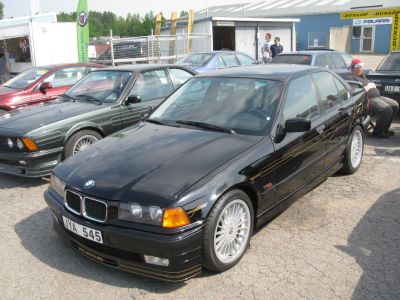
| Production: | 1993-1998 |
|---|---|
| Model Year: | 1995 |
| Length: | 4433 mm174.5 in |
| Width: | 1698-1710 mm66.9-67.3 in |
| Height: | 1346-1373 mm53.0-54.1 in |
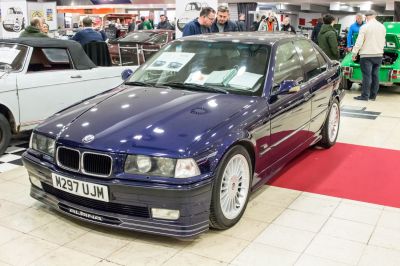
| Production: | 1993-1999 |
|---|---|
| Model Year: | 1993 |
| Length: | 4433 mm174.5 in |
| Width: | 1698 mm66.9 in |
| Height: | 1373 mm54.1 in |
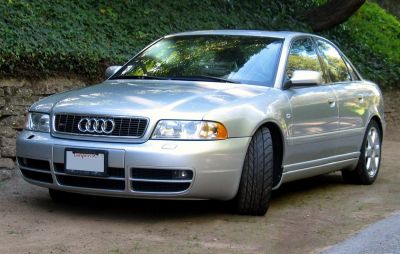
| Production: | 1997-2001 |
|---|---|
| Model Year: | 1998 |
| Length: | 4483 mm176.5 in |
| Width: | 1733 mm68.2 in |
| Height: | 1396 mm55.0 in |
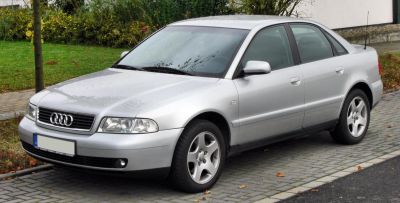
| Production: | 1999-2000 |
|---|---|
| Model Year: | 1999 |
| Length: | 4479 mm176.3 in |
| Width: | 1733 mm68.2 in |
| Height: | 1418 mm55.8 in |
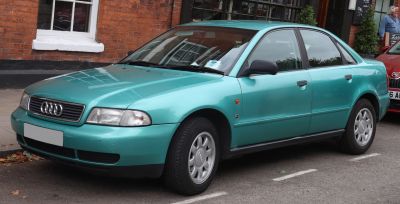
| Production: | 1994-1999 |
|---|---|
| Model Year: | 1995 |
| Length: | 4479 mm176.3 in |
| Width: | 1733 mm68.2 in |
| Height: | 1415 mm55.7 in |
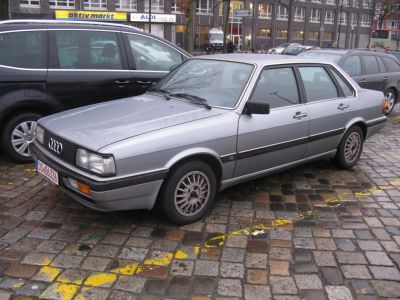
| Production: | 1984-1987 |
|---|---|
| Model Year: | 1984 |
| Length: | 4465 mm175.8 in |
| Width: | 1682 mm66.2 in |
| Height: | 1365-1376 mm53.7-54.2 in |
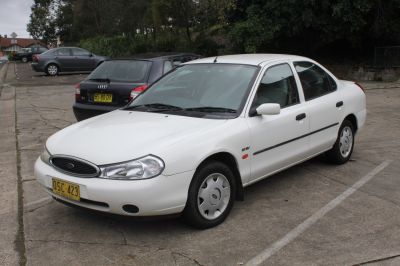
| Production: | 1995-2001 |
|---|---|
| Model Year: | 1996 |
| Length: | 4480-4556 mm176.4-179.4 in |
| Width: | 1751 mm68.9 in |
| Height: | 1424-1430 mm56.1-56.3 in |

| Production: | 1994-1998 |
|---|---|
| Model Year: | 1995 |
| Length: | 4433 mm174.5 in |
| Width: | 1699 mm66.9 in |
| Height: | 1365 mm53.7 in |
